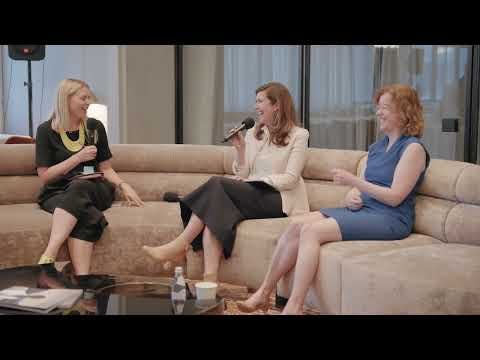
29/05/2023
R stands for Revolution in the Circular Economy
By Edson Grandisoli
Shall we reflect on Revolution and circularity in practice? The following graphic represents one of the main guides for action and reflection on the Circular Movement.

Which of these actions do you regularly incorporate in your daily life?
The figure illustrates 7 Rs that dialogue with the ideas and visions of the Circular Economy and each one of them, despite their apparent universality, is interpreted, understood, and put into practice in different ways considering different contexts and cultures.
The core objectives, however, are clear:
Reduce exploitation pressure on natural resources; Drastically reduce the amount of waste and rejects generated, ensuring that different materials remain in circulation for longer and; Adopt practices that collaborate not only in the reduction of externalities, but in the regeneration of nature.
Historically, these Rs have especially been associated with desirable behaviors towards a more circular economy and the pursuit of sustainability. Rethink your consumption, reduce the use of common resources, reuse everyday materials, encourage recycling, repair before discarding and, finally, collaborate in the regeneration of the planet, planting trees, for example.
All are important individual actions that certainly generate a positive impact wherever you are, on the environment and on other people. An important question we need to start asking ourselves is: Have my individual actions been sufficient?
If your answer was no, we need to reflect on what possibilities we have to amplify the effects of our actions. For this, we must look at the highlighted figure, not in isolation, but in combination. These actions and practices must be present as a guide for citizens, companies, and governments, expanding the possibilities of effectively building an economy that is beneficial for both the planet and its people.
The 7Rs must be added to another one, replicability, which encourages a vision of multiplying efforts in a coherent and permanent manner. Nobody is left out and, for that to happen, the fundamental piece is what we call political will. And politics, in this case, is what we do every day in all instances of our lives, and not simply at the ballot boxes.
Creating spaces for dialogue and collaboration, demanding and taking action, are decisive steps towards mutual influence and collective construction. How can you act in these directions where you are, and not just individually, but collectively?
The added R to this new worldview based on co-responsibility is that of revolution. A far from silent, but peaceful, inclusive, and fair revolution towards the creation of new life purposes and the recognition of life as a greater good to be preserved and valued in the present for a better future for all.
What is the circular economy?
The Circular Economy proposes a new look at our way of producing, consuming, and disposing, in order to optimize the planet's resources and generate less and less waste. In other words, an alternative model to the Linear Economy - to extract, produce, use and discard - which has proved to be increasingly unsustainable throughout history. In the Circular Economy, the goal is to keep materials in circulation longer by reusing them until nothing becomes waste! For this model to become a reality, we all have a role to play. It is a true collaborative circle, which feeds itself, and helps to regenerate the planet and our relations.
Learn about Circular Economy
If you are interested in learning more about this topic, visit Circular Academy, the first free Latin American course on circular economy aimed at general audiences. All of us, in partnership and collaboration, can make a difference in building a more circular planet.

